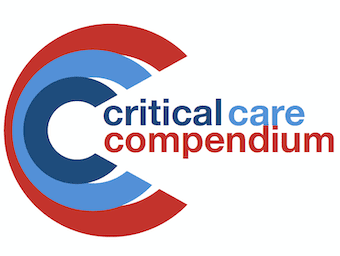
Hypercalcaemia DDx
Hypercalcaemia: Nature: Bones, stones, groans and psychic moans. Usually associated with increased calcium release form bones and impaired renal removal and malignancy

Hypercalcaemia: Nature: Bones, stones, groans and psychic moans. Usually associated with increased calcium release form bones and impaired renal removal and malignancy

Potassium is the major intracellular cation (sodium is major extracellular). 90% is exchangeable, with an inverse relationship to serum pH

Calcium: highly regulated cation
involved in: cell death, duration and strength of cardiac muscle contraction, muscle contraction in blood vessels, airways and uterus, coagulation, bone metabolism, neurotransmitter and hormone release…

Syndrome Of Inappropriate ADH secretion (SIADH) is hyponatraemia due to an increase in concentration of ADH inappropriate to the current osmotic or volume status. The differential diagnosis includes ADH analogues

Hyponatraemia: common problem in ICU (30% of patients have a Na < 134mmol/L). Independent predictor of mortality in ICU

Hypokalaemia: the most common electrolyte abnormality in hospitalised patients; mostly caused by drugs and GI disease

Hypocalcaemia: Reduced intake; redistribution and increased output

Hypernatraemia can be caused by a number of critical illnesses: water depletion (decreased intake, hypotonic fluid loss – renal/non-renal); solute excess (Na+ or other)

Hyperkalaemia is a life-threatening emergency. Basic overview of hyperkalemia management

Ca2+ exists in the extracellular plasma two states: (1) free ionized state and (2) bound to other molecules (mostly albumin, rest – beta-globulins, phosphate, citrate)
ionized Ca2+ concentration is inversely related to pH -> an increase in pH results in a decrease in ionized Ca2+

Electrolyte Abnormalities Summary

Calcium Replacement: controversial issue; generally accepted that patient should have replacement if ionised Ca2+ < 0.8mmol/L